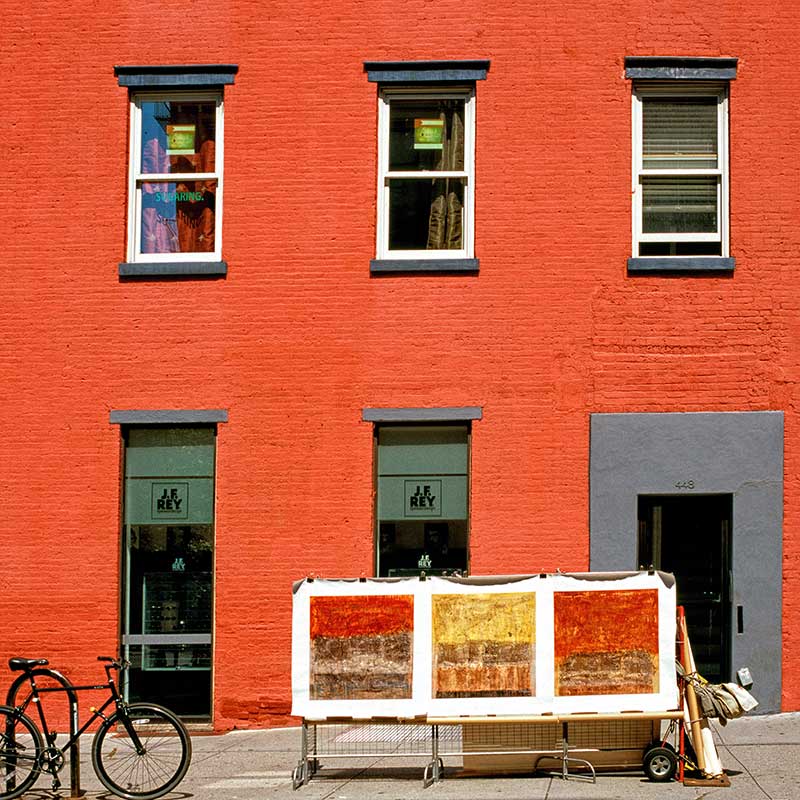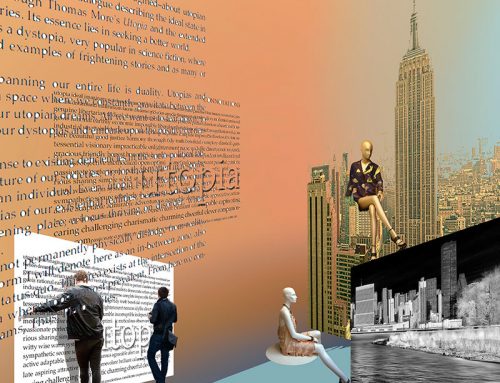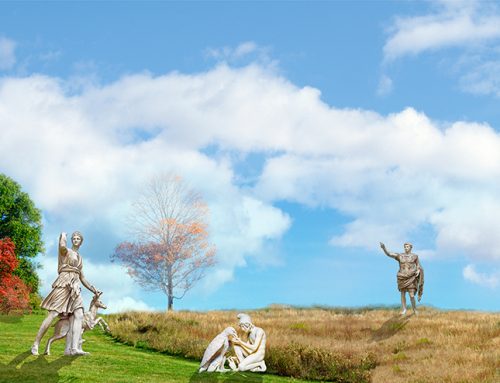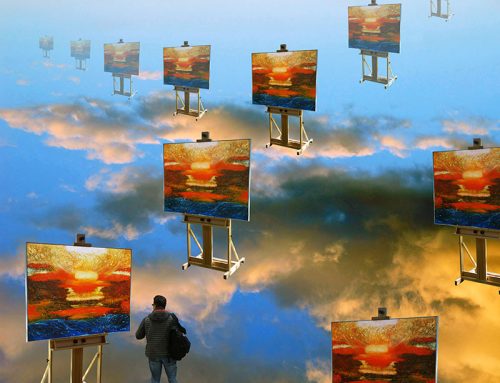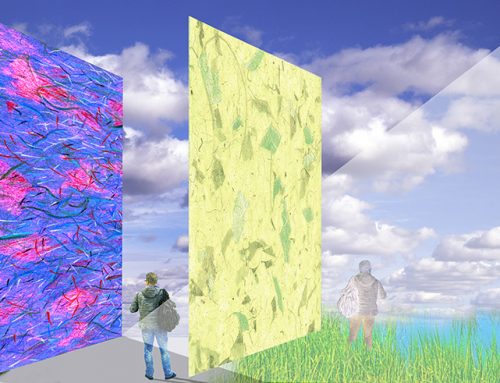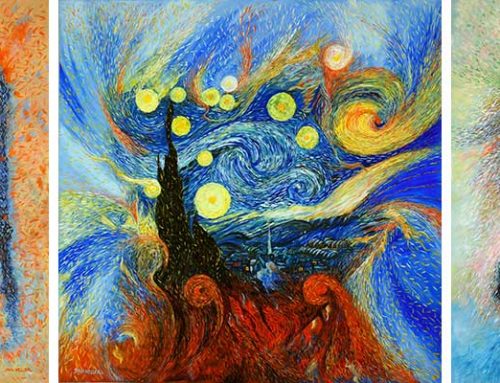Art in Soho
I was searching for art in Soho. The area offers many photographic opportunities. This lively colorful neighborhood of Manhattan is a great area to find art. A mixture of art where one can find conventional galleries, street art and anything in between.
Suddenly I noticed a colorful scene. That was an artist who was selling his art right on the sidewalk. The artist was using a two-faced stand which he placed on the sidewalk. His canvases were pinned to both sides so that they were in view from the sidewalk as well as the road! So, wow I thought, this was maximum traffic exposure to show art to the world.
The “Alternative Spaces”
When I captured the image with my camera, I recalled the art initiative of the so-called “alternative spaces”. This initiative flourished in SOHO during the 70’s. Seeing the artists on the streets I realized the initiative was not dead after all. Perhaps it just changed form, morphed into “Street Art” or “Graffiti art”. And now more than ever, artists still seek alternative spaces for their art.
The establishment of the so-called “alternative spaces” in lieu of conventional galleries began during the 70’s. The first article I wrote on this subject appeared on Linkedin (https://www.linkedin.com/pulse/soho-art-alternative-spaces-daniel-heller-ra/). That era saw an explosion of alternative galleries, art spaces, and collectives throughout the country. These “alternative” galleries existed in storefronts, warehouses factory lofts and any space that could be found for displaying art, and they confronted the “establishment” (commercial galleries). The work displayed in these alternative spaces were political in nature, experimental and very non-conformist. By the 90’s most have vanished from the scene. The reasons for their disappearance (perhaps not) is beyond the scope of this article.
The image I captured titled “SOHO art” aka “The future of art” was indeed in my view a nice “alternative space”, not that artists have not sold “art” before on sidewalks all over the world. But in retrospect, the ultimate alternative space for arts and artists appears to have been morphing and evolving in the digital world of the Internet.
Sources:
“Alternative exhibition space ” – https://en.wikipedia.org/wiki/Alternative_exhibition_space
“ The Rise and Fall of Alternative ” – http://www.booksandideas.net/The-Rise-and-Fall-of-Alternative.html
“ The Independent Wedge: A Brief History of Alternative Exhibition Spaces in the United States with Case Studies from New York City “ http://www.artfactories.net/The-Independent-Wedge-A-Brief.html

